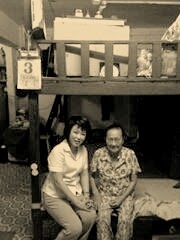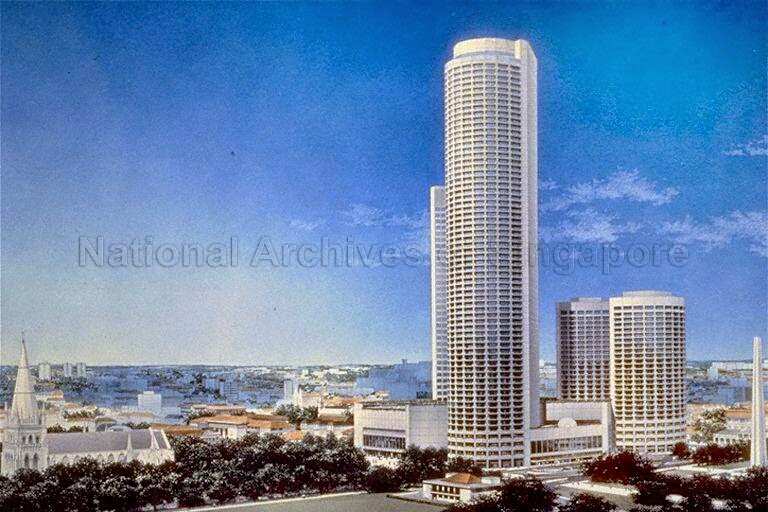 |
| Zinkie Aw with Thimbuktu |
The Singapore Memory Project (SMP) organized by the Memory Maker Series "Shooting Selfies with Keepsake" conducted by Zinkie Aw at the Woodlands Regional Library on 18 October, 2014.
Singaporean photographer Zinkie Aw often photographs habits: Habits of people, habits of a society for her choice of conceptual work. She believes every click of the shutter, be it instinctive or deliberated, is an observation of life via photography.
Her documentary and conceptual photo series are flamboyant ways in which she thinks aloud, and these concern issues that are close to her heart that she wants to share with the world. These works are the precipitation of careful introspection she has day-to-day, and reactions to the society that she lives in.
Zinkie's photos have been published in The Sunday Times (UK), Kult Magazine, Catalog (Singapore), Weekend Weekly (HK), 《 L a V i e . 漂 亮 》 (Taiwan) etc. and also featured in various online news like Invisible Photographer Asia, Designboom.com, PetaPixel, PSFK and other feature sites. Her works have also also exhibited in the Px3 Prix de la Photographie Paris exhibition (2013), Galeri Petronas in Kuala Lumpur (2013) and Goodsman Arts Centre, ION Orchard and Ngee Ann City locally. Additionally, she has also been selected to attend the Angkor Photo Workshop (2012), and also garnered Honourable Mentions (Lifestyle; Deeper Perspective categories) in the International Photography Awards (2013).
Zinkie is also co-producer of film Platform 1932, a documentary made in 2008 before the historical Tanjong Pagar Railway Station ceased to operate as the southern-most terminus of the Malayan Railway line.
The alumna from the Wee Kim Wee School of Communication and Information (Hons) is very thankful for chances and the help that bosses, colleagues, family and friends & acquaintances who has helped her along the process of photography.
Other than conceptual work, she also enjoys events and documentary photography. On a monthly basis, she also guides participants on Street Photography at the Canon Imaging Academy (Singapore).
Zinkie’s flavour of street photography takes on the banal with a quirky twist, often captured in vibrant colour palettes.
It was an interesting, relaxed workshop learning session from Zinkie with loads of practical tips to shoot selfies with keepsake. She is a bouncy, energetic, enthusiastic young photographer with passion, creative ideas and its fun to learn from her. Her tips are derived from her personal experiences as a professional photographer for many years.
Say hello at zinkie.aw@gmail.com or give a poke on facebook and instagram @zonkie.
View her stuff on flickr too.
Thank you Zinkie for sharing your helpful tips about "selfie" photography knowledge and experiences at the workshop. I have learnt many new "thingy" free-of-charge to everyone at the course.
You are an awesome gal, Zinkie. ZINKIE AWesome!
Zinkie’s flavour of street photography takes on the banal with a quirky twist, often captured in vibrant colour palettes.
It was an interesting, relaxed workshop learning session from Zinkie with loads of practical tips to shoot selfies with keepsake. She is a bouncy, energetic, enthusiastic young photographer with passion, creative ideas and its fun to learn from her. Her tips are derived from her personal experiences as a professional photographer for many years.
Say hello at zinkie.aw@gmail.com or give a poke on facebook and instagram @zonkie.
View her stuff on flickr too.
Thank you Zinkie for sharing your helpful tips about "selfie" photography knowledge and experiences at the workshop. I have learnt many new "thingy" free-of-charge to everyone at the course.
You are an awesome gal, Zinkie. ZINKIE AWesome!





























































































































































































































































































































































































































